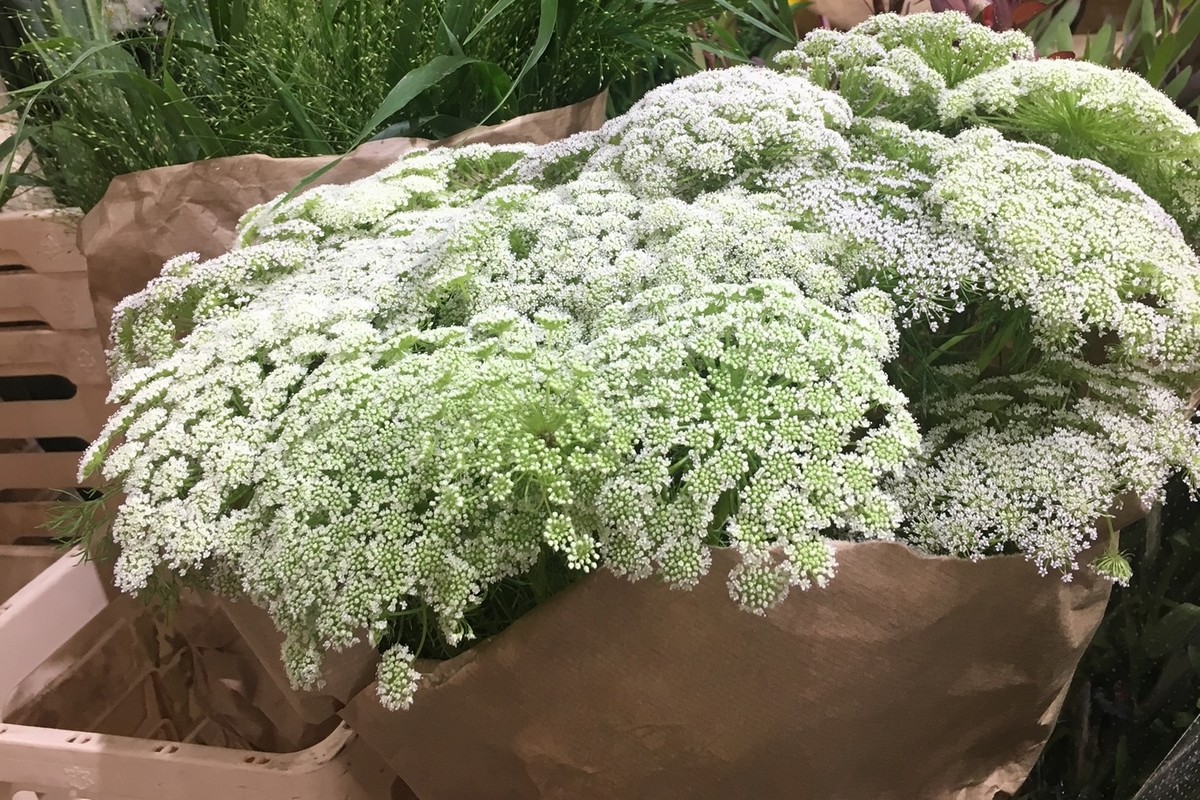
Magnesium (Mg) is essential for plant growth; however, it can often be forgotten in our fertilizer regiments. On average, plants require Mg in greater concentrations than most other elements other than nitrogen (N), potassium (K), and calcium (Ca). In many areas of the United States, there is adequate Mg available concentrations of 25-50 ppm Mg in the groundwater. However, not all locations have Mg concentrations adequate to sustain plant growth and must be supplied another way. Plants can be provided with Mg through a variety of methods, including groundwater, dolomitic limestone included in substrates, and fertilizers.
Magnesium uptake can be impacted by other elements as well, even when supplied at adequate concentrations. A general recommendation is to target a 4:2:1 ratio of K to calcium (Ca) and Mg (i.e., 200 ppm K to 100 ppm Ca to 50 ppm Mg) to prevent antagonism that would limit the plants’ ability to uptake any one of these nutrients. Antagonistic relationships are generally observed when growers supply high Ca to crops such as tomatoes to prevent blossom end rot or with geraniums where flowable lime is used to prevent a decrease in substrate pH, and Mg uptake can be affected.
Deficiencies can occur as a result of many factors; in areas lacking Mg in the water supply, dolomitic limestone can provide adequate Mg concentration through roughly half or more of the season, and then after that, symptomatic leaves can appear. When relying on dolomitic limestone to provide adequate Mg fertility in warm springs, extra irrigation can result in leaching the available Mg and resulting in deficiencies. We have observed this to be the case when growers utilize a fertilizer such as 20-10-20 (N-P2O5-K2O), a fertilizer that does not supply calcium or magnesium, and also rely on the Mg from the dolomitic limestone during spring bedding plant production.
Read more at e-gro.org